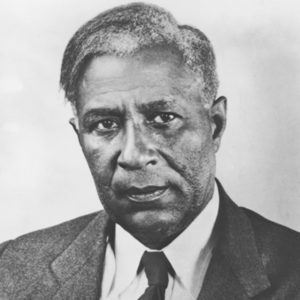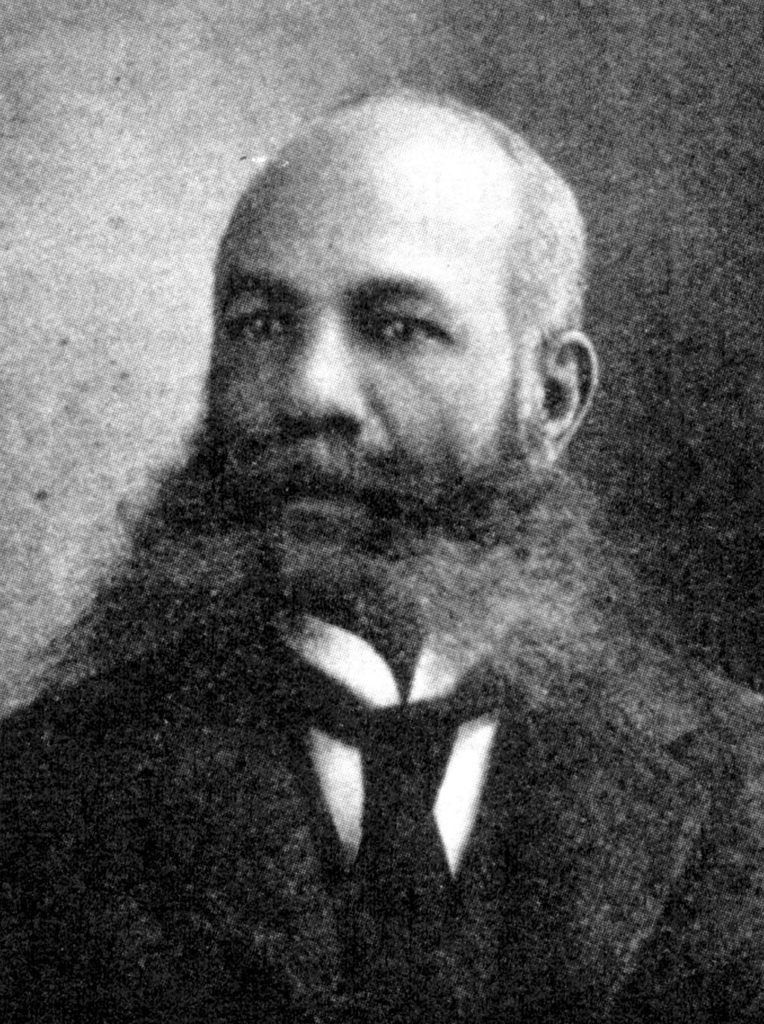Representation is crucial and it is essential to amplify stories from marginalized groups. During Black History Month, we want to showcase these stories of historical black inventors who modernized the world.
These important individuals helped revolutionize technology and the gadgets we have today. Continue reading to find out more about these historical black inventors.
Black pioneers of innovation
These pioneers made a large impact on generations to come with their innovations. Here are some of these entrepreneurs and their stories.
Madam C.J. Walker: the Walker System and African American hair products
Born in 1867 as Sarah Breedlove, Madam C.J. Walker was the first of five children born a free citizen after the Emancipation Proclamation. Her struggle with a scalp ailment and hair loss inspired her to invent the Walker System, which is a line of hair care products catered to African Americans.
This system involved the use of scalp preparation, lotions, and iron combs specifically made for Black hair. Before this, the Black haircare industry was predominantly manufactured by caucasian owned businesses that did not pay attention to the health and specific needs for this hair type. Madam C.J. Walker’s system completely transformed the Black haircare industry, and she later became the first self-made African American millionaire in America.
Additionally, with this newfound wealth, Madam C.J. Walker created to fund scholarships for women and donated large amounts of money to the NAACP, the Black YMCA, and various other charities.
Garrett Morgan: the modern-day traffic signal

Born in Paris, Kentucky, back in 1877, Garrett Morgan had a drive for innovation. One evening Morgan witnessed a horrific car accident at a Cleveland intersection, and it led him to think about how this accident could’ve been prevented.
The traffic signals at the time only consisted of two modes: stop and go. This made drivers stop abruptly since they were unaware of when to slow down. Morgan invented the third signal, known as a caution, to warn drivers when they would have to stop. In 1923, Morgan was awarded the patent for the three signal traffic light, and he is the inventor behind the traffic signals we use today.
Patricia E. Bath: laser cataract surgery

Born in 1942, Patricia E. Bath was a trailblazer from the start. In 1974, she was the first woman ophthalmologist faculty member in the University of California at Los Angeles School of Medicine in Jules Stein Eye Institute.
Then 9 years later, she became the first woman to chair an ophthalmology residency program in the nation. Due to her expertise and advocacy for blindness prevention, she was the inventor of the laserphaco probe which was a new device and method to remove cataracts. This invention has helped more than 3.5 million people per year since 2018, and it has significantly reduced the risks associated with this type of surgery.
Christina Jenkins- Hair Weave Method
Born on Christmas Day in 1920, Christina M. Jenkins is one of the most revolutionary figures when it comes to the hair weaving process. While working for a wig manufacturer in Chicago, Christina experimented with new ways to secure wigs and hairpieces.
While then moving to Ohio, she continued to study sewing in commercial hair with a customer’s natural hair and the effects this technique had. In 1951, Jenkins received a patent for her invention of the hair weaving method, known as the HairWeev technique, which allows hairstyles to be kept in place longer without the need for hairpins. After this patent, she traveled around the world teaching this technique which is still used today by hairstylists globally.
Marie Van Brittan Brown-Home Security System
Born in 1922, in Queens, New York, Marie Van Brittan Brown was an innovative thinker. Working late nights as a nurse, Marie Van Brittan Brown became fearful of her safety living in a neighborhood with rising crime.
Alongside her husband, Albert Brown she invented the first closed-circuit television security system complete with multiple peepholes, cameras, remote, security television monitors, and a direct alarm to police.
Additionally, she created a voice component where she could speak to the person outside of her home. Her 1966 home security patent would later influence over 32 modern-day security systems that we use today.
Alexander Miles: automatic elevator doors

In 1838, Alexander Miles was born in a small town in Ohio. During his time, elevator doors had to be manually closed by operators and there were frequent incidents of people having horrific accidents when the elevator shaft was not closed properly.
To prevent these tragedies from continuing to happen, Alexander started thinking. He created a mechanism where an attachment to the elevator cage could indicate when the elevator has reached a floor.
In addition, this belt attachment allowed the elevator to open and close once reaching the respective floor increasing the device’s safety and efficiency. He was granted a patent in 1887 for this invention and has created the basis of the automatic elevator doors we use today.
Alfred L. Cralle: ice cream scooper
As a young boy, Alfred L. Cralle was interested in mechanics. Born in Virginia in the year 1866, Alfred was sent to one of the schools in Washington, D.C., which was created to educate African Americans after the Civil War.
In his job as a porter in a hotel, he noticed servers struggling to dish out ice cream with the standard spoon. This led him to think and then invent the ice cream scooper. In 1897, Cralle was awarded his patent for the ice cream mold and disher, which is the one-hand invention ice cream stores use today.
Bessie Blount Griffin: self-feeding device for amputees

Born in Virginia back in 1914, Bessie Blount Griffin set out to do great things. When she was a schoolgirl, Bessie taught herself not only to be ambidextrous but also could write using her feet and teeth.
This skill turned out to be useful later on in her life when she became a physical therapist for soldiers who became amputees due to their combat in WWII. While working with these veterans, she noticed the biggest challenge for amputees was being able to eat without assistance.
This led her to create an electric self-feeding device that can transport individual bites of food into the patient’s mouth. Her invention was sold to the French Government and Belgian due to the US government rejecting her patent. However, her other inventions, like the portable receptacle support, were granted a patent by the U.S. government in 1951.
The importance of Black inventors
These are just a few notable Black inventors who have improved our nation’s health, safety, and environment. Black innovators have elevated the United States and they are a crucial part of our history. It is essential to pay tribute to these inventors’ accomplishments, and not only those that they made to society as we know it today but the ways they’ve improved the world for generations to come, too. To learn more about other historical Black figures and educate yourself on Black History Month, click here.












